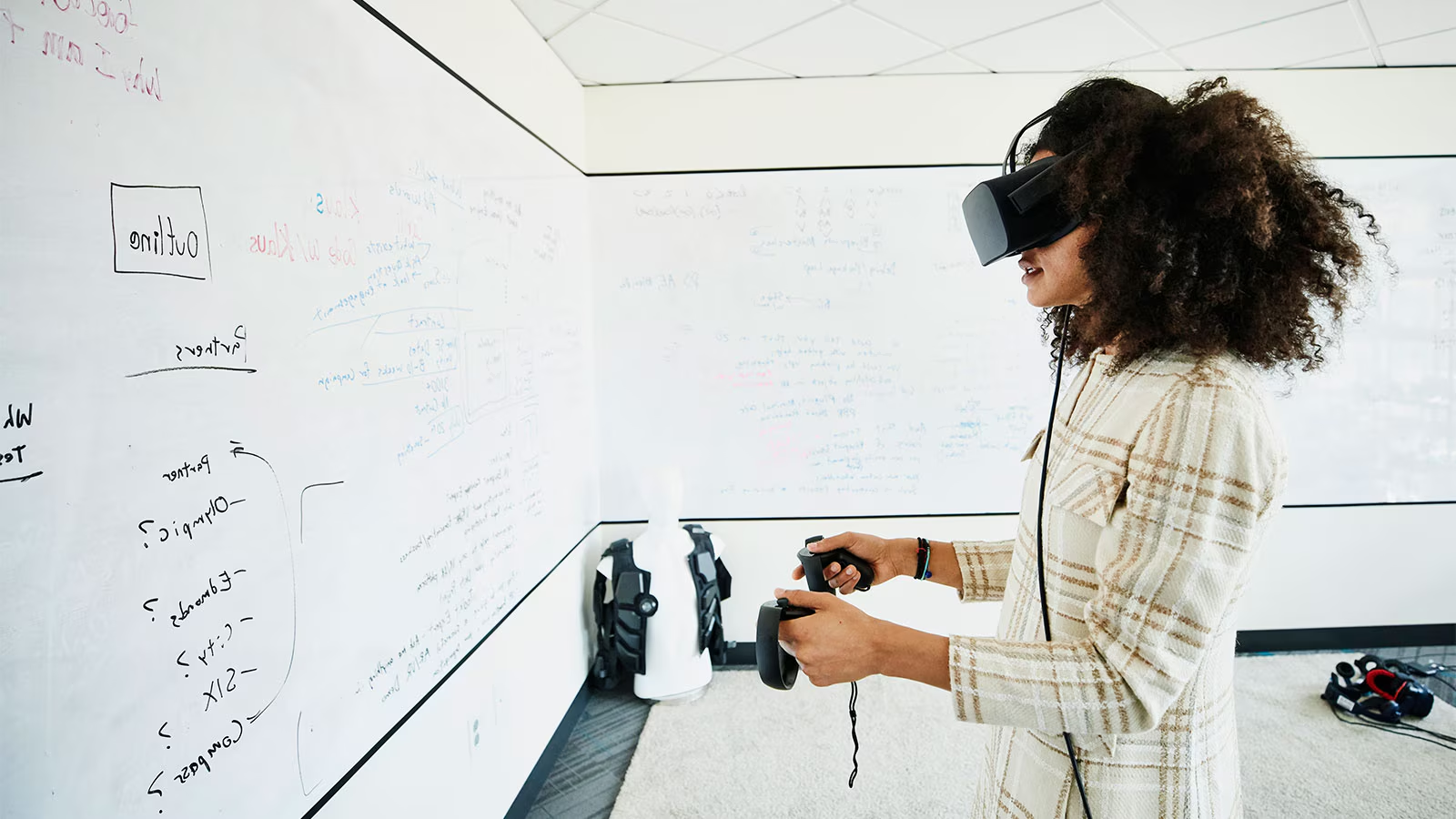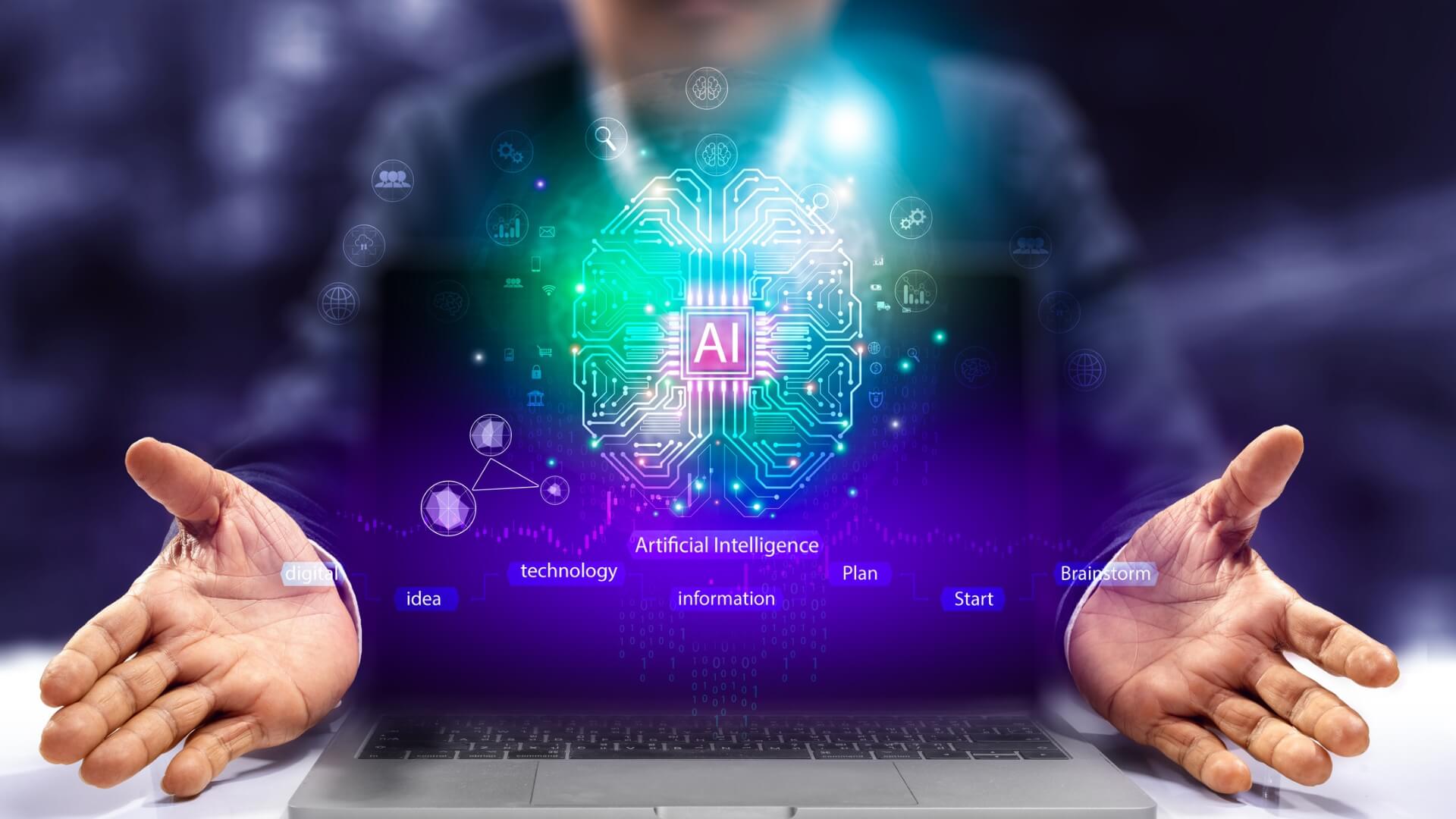The web has evolved dramatically since its creation in the early 1990s. What began as a collection of static pages with plain text and hyperlinks has transformed into a vast, intelligent, and interactive ecosystem that drives nearly every aspect of modern life. Today, the web is not just a tool—it’s the foundation of communication, business, entertainment, and technology itself.
From artificial intelligence to decentralized networks and immersive virtual experiences, the modern web continues to push the boundaries of what’s possible. In this article, we explore the key innovations shaping the web today, the technologies behind them, and what the future of the online world may look like.
1. The Web’s Evolution: From Static to Smart
The history of the web can be divided into distinct generations:
-
Web 1.0 (1990–2004): The early web was mostly static—users could read information, but interaction was limited. Websites were basic, and design was minimal.
-
Web 2.0 (2004–2020): The social web emerged, allowing users to create, share, and collaborate. Platforms like Facebook, YouTube, and Twitter transformed the internet into a participatory space.
-
Web 3.0 (2020–present): The current phase, often called the semantic or decentralized web, focuses on user ownership, artificial intelligence, and advanced data interconnectivity.
Each stage of evolution has built upon the last, expanding not only what the web can do but also how deeply it integrates into our daily lives.
2. Artificial Intelligence: Powering a Smarter Web
Artificial intelligence (AI) is arguably the most transformative force shaping the modern web. AI technologies enhance everything from search engines to user experience personalization.
a. Smarter Search and Recommendations
Search engines like Google and Bing now use machine learning to understand context, not just keywords. When you search for “best laptop for travel,” AI understands that you’re looking for lightweight, durable, and affordable devices—not just any laptop.
Similarly, streaming platforms like Netflix or Spotify analyze viewing and listening habits to recommend new content. This creates a personalized digital environment that feels intuitive and user-centric.
b. AI in Web Design and Development
AI-driven tools like ChatGPT, GitHub Copilot, and Wix ADI help developers create websites faster. These systems can generate layouts, code snippets, or even entire website drafts based on prompts.
This automation doesn’t eliminate creativity—it enhances it, freeing developers to focus on innovation rather than repetitive tasks.

3. Web 3.0 and Decentralization
While Web 2.0 made the internet interactive, it also created a few dominant tech giants controlling massive amounts of data. Web 3.0 aims to reverse that trend by giving power back to users through decentralization.
a. Blockchain and Digital Ownership
Blockchain technology allows users to store data securely without relying on a central authority. This decentralization supports cryptocurrencies, decentralized applications (dApps), and smart contracts.
For instance, in the world of digital art, NFTs (non-fungible tokens) enable creators to verify ownership and sell digital assets directly to consumers without intermediaries.
b. Privacy and Security
Decentralization also strengthens privacy. Instead of data being stored on a company’s server, it’s distributed across multiple nodes—making breaches much harder. Tools like decentralized identity (DID) and blockchain-based authentication are paving the way for safer online experiences.
4. Responsive and Accessible Design: The New Standard
Today’s web must work seamlessly across all devices—smartphones, tablets, desktops, and even smart TVs. This is where responsive design plays a critical role.
Web frameworks like Bootstrap, Tailwind CSS, and Next.js allow developers to create adaptive interfaces that adjust automatically to any screen size.
But design isn’t only about appearance—it’s about accessibility. Web accessibility (a11y) ensures that everyone, including users with disabilities, can navigate and interact with websites. Features like screen reader compatibility, contrast optimization, and keyboard navigation are now standard practices, aligning with the Web Content Accessibility Guidelines (WCAG).
5. The Rise of Progressive Web Apps (PWAs)
Progressive Web Apps are one of the most exciting innovations in modern web development. They combine the best features of websites and mobile apps—offering fast, reliable, and installable experiences directly from a browser.
PWAs can:
-
Work offline or in low-connectivity areas.
-
Send push notifications.
-
Load instantly, even on slow networks.
-
Be installed on devices without going through app stores.
Companies like Twitter (Twitter Lite) and Starbucks have adopted PWAs to improve performance and reach global users efficiently. As 5G networks expand, PWAs will likely become even more powerful and widespread.
6. The Visual Web: Immersive Experiences through AR and VR
As the internet becomes more visual and interactive, augmented reality (AR) and virtual reality (VR) are revolutionizing how users engage with digital content.
E-commerce sites use AR to allow customers to “try on” clothes or see how furniture looks in their homes. Educational platforms employ VR to simulate historical events or complex science experiments.
These technologies are powered by WebXR—a set of standards that bring immersive experiences directly to browsers without extra software. The result is a web that feels alive, sensory, and deeply engaging.
7. The Green Web: Sustainability in the Digital Age
With millions of servers powering the internet, energy consumption has become a major environmental concern. Data centers currently account for nearly 2% of global electricity use, comparable to the airline industry.
In response, web developers are embracing sustainable web design—a movement focused on reducing digital carbon footprints. Strategies include:
-
Optimizing code and images to reduce bandwidth.
-
Using renewable-powered hosting services.
-
Caching content and minimizing data requests.
Sustainability is becoming not just a technical goal but a moral responsibility in the digital ecosystem.
8. Cybersecurity: Protecting the Modern Web
As web technologies advance, so do cyber threats. Phishing, ransomware, and data breaches remain persistent dangers.
Modern cybersecurity strategies involve:
-
Encryption: Protecting data in transit and at rest.
-
Zero-trust architecture: Never assuming any device or user is safe by default.
-
AI-based threat detection: Using machine learning to identify suspicious activity before it escalates.
Developers also implement HTTPS, two-factor authentication, and secure API connections to keep users safe.
9. The Role of Web Developers in the Next Era
Today’s web developers are more than coders—they’re digital architects, blending creativity, ethics, and innovation. They must balance aesthetics with performance, personalization with privacy, and innovation with accessibility.
The modern developer’s toolkit includes JavaScript frameworks like React, Vue, and Svelte, as well as tools for backend systems such as Node.js and Django. Meanwhile, continuous learning is essential as the web’s technologies evolve rapidly.

10. The Future: The Intelligent and Immersive Internet
Looking ahead, the web will likely become:
-
More intelligent, with AI-driven personalization and predictive interfaces.
-
More immersive, integrating AR, VR, and 3D design into everyday browsing.
-
More decentralized, with user-controlled data and privacy-focused systems.
-
More human-centered, emphasizing ethical design and accessibility.
The fusion of these trends points toward an Internet of Experiences—a place where users don’t just consume content but actively shape their digital worlds.
Conclusion
The web continues to be the most transformative invention of the modern age. What started as a simple information-sharing platform has evolved into a complex, intelligent, and dynamic universe that connects billions of people worldwide.
As technology advances, the challenge will be maintaining a balance between innovation and ethics, speed and sustainability, automation and human creativity.
One thing is certain: the web’s evolution is far from over. The next generation of developers, designers, and thinkers will define how this digital frontier grows—and how it continues to shape our global society.
